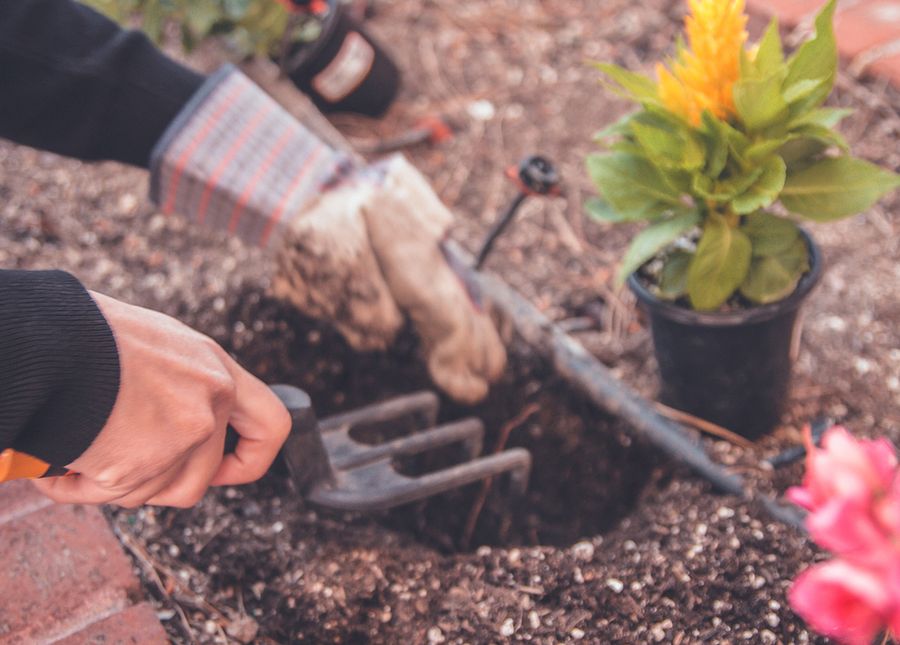The COVID-19 pandemic highlighted the importance of staying home, especially for people who are ill or have compromised immune systems. At-home treatments have become more crucial than ever, something that nurse Lorna Cook and pharmacist Julie Adams have long been advocating for.
“COVID-19 made everyone realise what we have been saying all these years, that there is less infection risk for patients when they are treated at home in their own environment, and it’s more comfortable and convenient,” says Lorna.
The WA-based pair founded chemo@home in 2013. Both single mothers of three children, the friends discovered they had something else in common – a drive to improve the at-home offerings to cancer patients.
Julie had administered home antibiotic therapy to her dying father, which led her to look into ways of treating cancer patients (who were undergoing chemotherapy) at home. She then established and managed a home chemotherapy service in the public sector. Meanwhile, Lorna had set up the first pre-admission surgical clinic in WA and worked in the pharmaceutical sector.
chemo@home, part of Lorna and Julie’s company View Health, is the largest provider of home-based infusion services in Australia. It runs throughout metro Perth down to Bunbury, Adelaide and surrounds, most of Victoria, Sydney, and the Illawarra region of NSW. Services will soon be available in Brisbane and the NSW Central Coast.
A referral from a GP is needed, which is sent to the chemo@home team, who then contact the patient to discuss their treatment and needs. The cost is covered by most health funds (no gap), with a 24 hour hotline available to support participants. Once in the program, a nurse comes out to the patient’s home to administer their treatment. This contact also enables the patient to speak with the nurse from the comfort and privacy of their own home.
“While the treatment is being administered, the nurse stays with the patient for the whole time,” says Lorna. “During that time the nurse explains a lot to the patient and the family, and can answer questions.”

View Health’s home care programs are having a positive impact on patients and their families. Lorna recalls speaking at an event held by the Brain Tumour Association, where a lady stood up and told her View Health had treated her husband.
“He was a big man and she was too scared to drive down the freeway in peak hour traffic with him in case he vomited or had a seizure,” says Lorna. “She had to get their neighbours to help get him in the car, and when she got to the hospital she had to leave him alone to find people and a wheelchair to get him out of the car. And then, it all stopped – we came to them. Others told similar stories and the crowd started to clap.”
Remembering this story makes Lorna tear up, as she says she can recall “the raw emotion of that afternoon, and how humble it made me feel and how proud I was of our nurses (and of being a nurse).”
Admitting that the team behind chemo@home have little down time, Lorna says their focus remains on breaking down barriers and building a resilient business.
“We are always looking forward to make the service bigger and better,” she says. “Yes, it feels great to help people, but that is all part of being a health care worker – that’s what we do.”
“We always use the best safety for patients because we know their immune systems are compromised, and we are doing even more so now, for example reducing the amount of equipment we take. Our patients are still safer at home than in a hospital.”
For more information, visit https://chemoathome.com.au/



